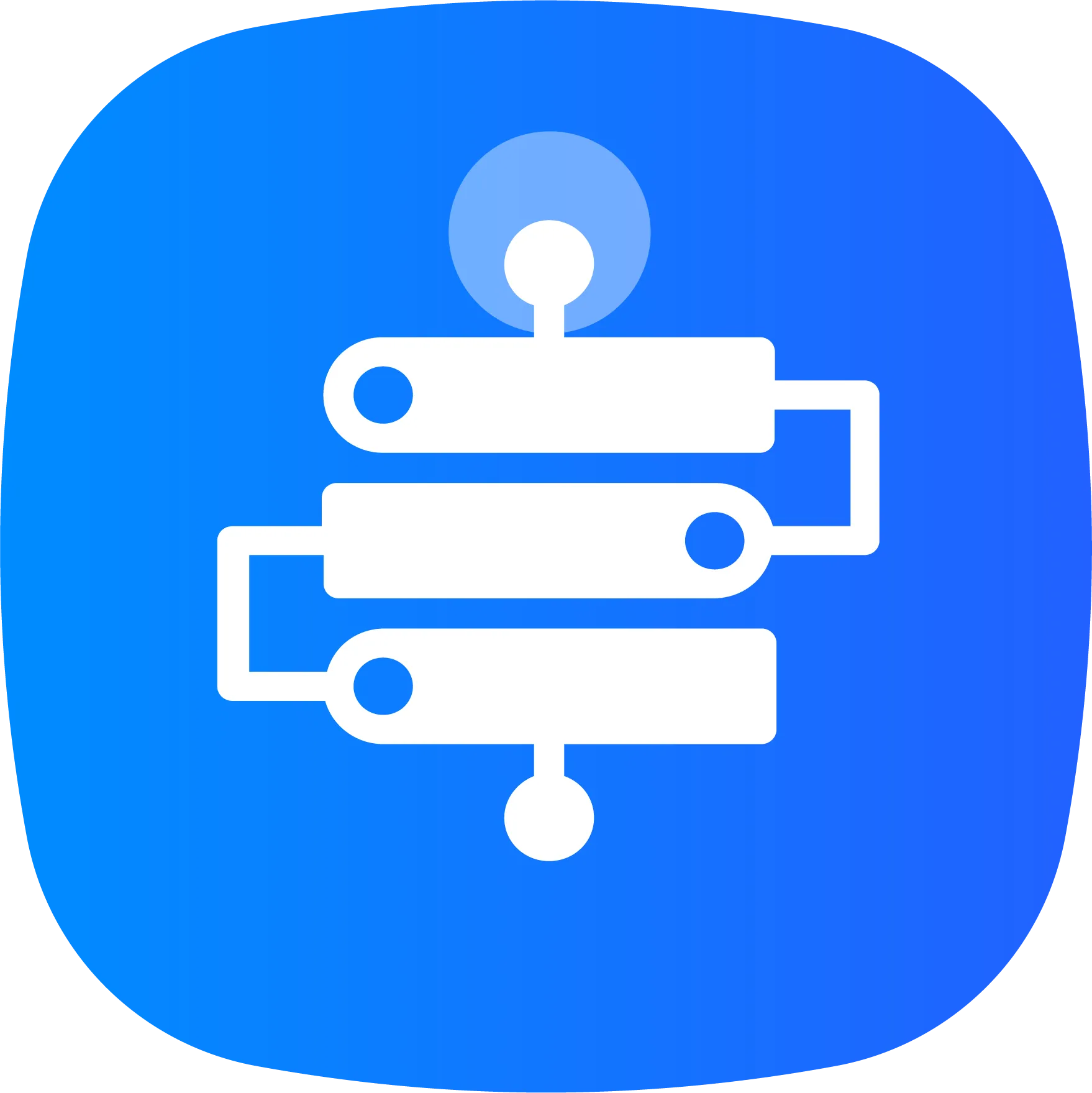Global IT supply chain
International transportation + IT O&M outsourcing + self-owned backbone network
In today’s network communication landscape, IPLC dedicated lines, CN2, BGP, CIA, and regular network lines are common types of internet connection methods. Each has unique technical characteristics and applicable scenarios, and understanding these differences helps enterprises select the right network services. Below is a detailed breakdown of their distinctions.

IPLC dedicated lines are international private leased circuits primarily designed for point-to-point international data transmission. Their key features include:
Dedicated Bandwidth Guarantee: IPLC provides exclusive bandwidth resources, ensuring stable transmission speeds regardless of traffic fluctuations. This eliminates concerns about network congestion affecting user experience.
High Security: Data transmission on IPLC does not pass through the public internet, avoiding potential interference and risks in public networks. It offers robust security, ideal for scenarios with strict data security requirements.
Low Latency: With minimal intermediate nodes and direct point-to-point data transfer, IPLC typically has low latency. This makes it suitable for latency-sensitive applications like voice communication and financial transactions.
Higher Cost: Due to its dedicated nature and guaranteed security/stability, IPLC comes with a higher price tag, making it more suitable for enterprises prioritizing network reliability and security.
CN2 is China Telecom’s next-generation internet backbone network, focused on delivering high-quality network services. Its advantages include:
Optimized Routing Design: CN2 uses advanced routing algorithms, especially optimized for international exits, enabling superior performance in global connections.
Stable and Low Latency: Compared to regular lines, CN2 offers lower latency and higher stability, particularly noticeable when connecting mainland China with overseas regions.
Target Scenarios: CN2 is ideal for enterprises requiring high-quality international connections, such as cross-border e-commerce businesses, foreign trade companies, and organizations with remote 办公 (remote work) needs, ensuring their operations meet network demands.
BGP is a protocol for exchanging routing information between different autonomous systems (AS), widely used in routing decisions among ISPs. Key characteristics include:
Multi-Path Selection: BGP allows multi-path routing, providing redundancy and optimization by selecting the best path from multiple options to ensure efficient data transmission.
Global Coverage: BGP lines offer extensive global coverage, enabling efficient cross-border data transfer—an excellent choice for enterprises needing global interconnectivity.
Dynamic Routing Adjustment: BGP dynamically monitors network conditions and automatically selects optimal paths in real time, ensuring high network stability.
Complex Management: Due to multi-path and dynamic adjustment mechanisms, BGP requires more complex management and configuration, suitable for enterprises with professional network teams.
CIA refers to connecting to cloud services via a dedicated line provided by cloud service providers, mainly for enterprise access to public cloud resources. Its features include:
High-Speed, Stable Connection: CIA offers low-latency, high-bandwidth links, ensuring excellent network performance and smooth cloud service operations for enterprises.
Enhanced Security: By using dedicated lines, CIA avoids public internet transmission, significantly improving data security—ideal for businesses with strict data protection needs.
Flexibility and Scalability: CIA lines are highly flexible, allowing enterprises to adjust bandwidth and connection methods on demand, adapting seamlessly to business growth and changing requirements.
Target Use Cases: Suitable for enterprises heavily utilizing cloud services, such as big data analysis, cloud storage, and cloud computing, to fully leverage cloud service advantages.
Regular lines refer to data transmission via the public internet, including ADSL, fiber, etc. Their characteristics include:
Lower Cost: Affordable and economical, making them suitable for small/medium enterprises (SMEs) and individual users with limited budgets.
Shared Bandwidth: Regular lines use shared bandwidth, meaning performance is affected by other users. Peak usage may cause speed fluctuations and degraded experience.
Limited Stability: Data travels through the public internet, prone to congestion and quality issues, leading to higher latency and lower stability.
Use Scenarios: Suited for basic daily needs with low network requirements, such as web browsing, video streaming, and home entertainment.
The above analysis highlights the key differences between these network solutions. For more detailed information or customized network plans, contact Ogcloud, your trusted network service provider, to design the best fit for your business.

International transportation + IT O&M outsourcing + self-owned backbone network

Cellular chips + overseas GPS + global acceleration network

Overseas server room nodes + dedicated lines + global acceleration network

Global acceleration network + self-developed patented technology + easy linking

Global Acceleration Network + Global Multi-Node + Cloud Network Integration


